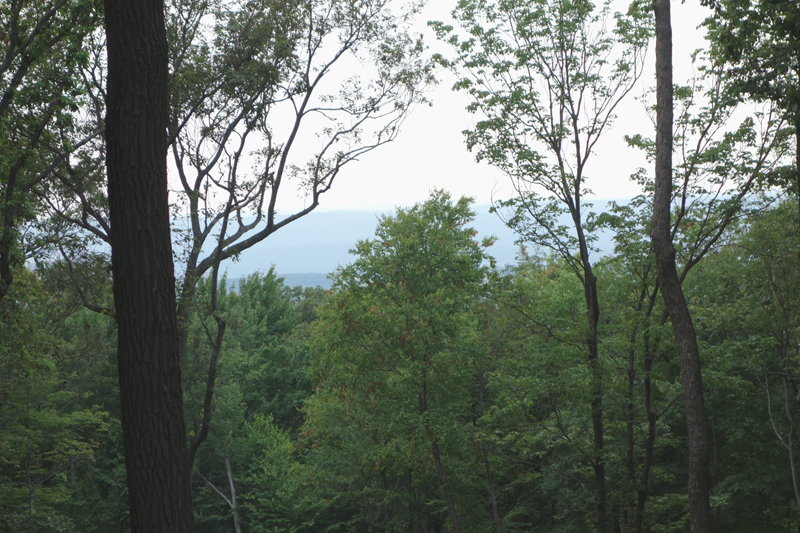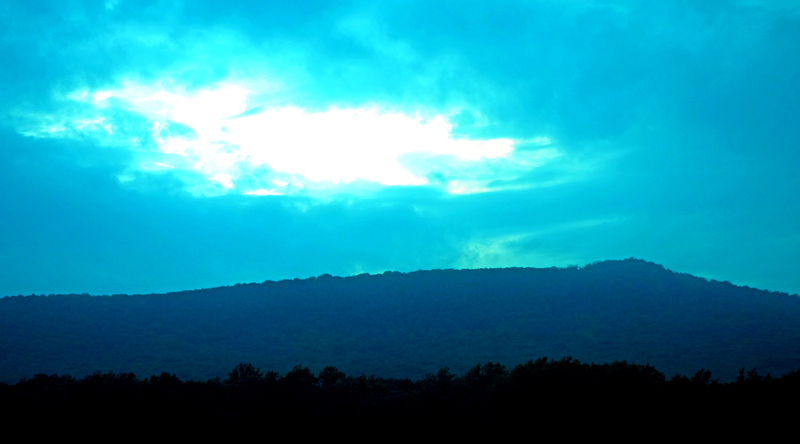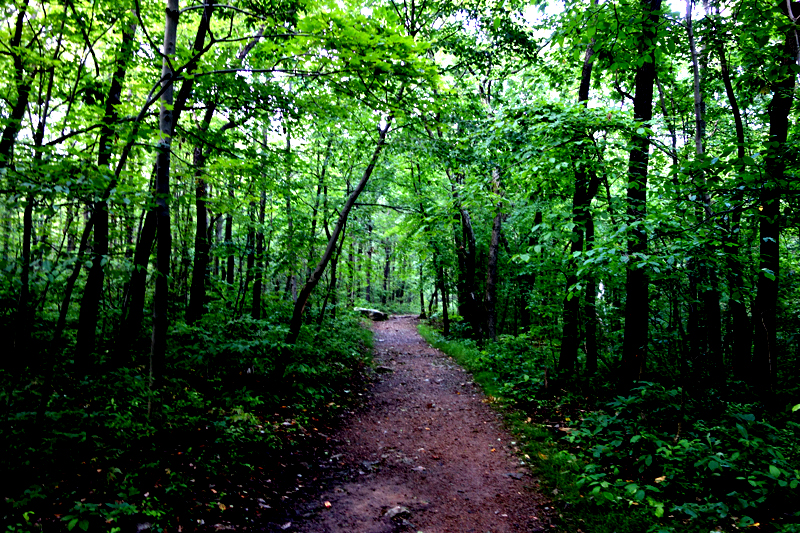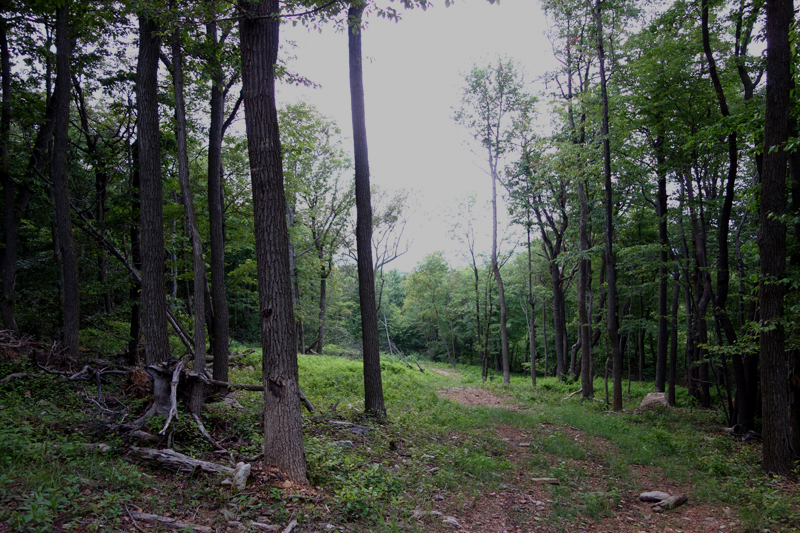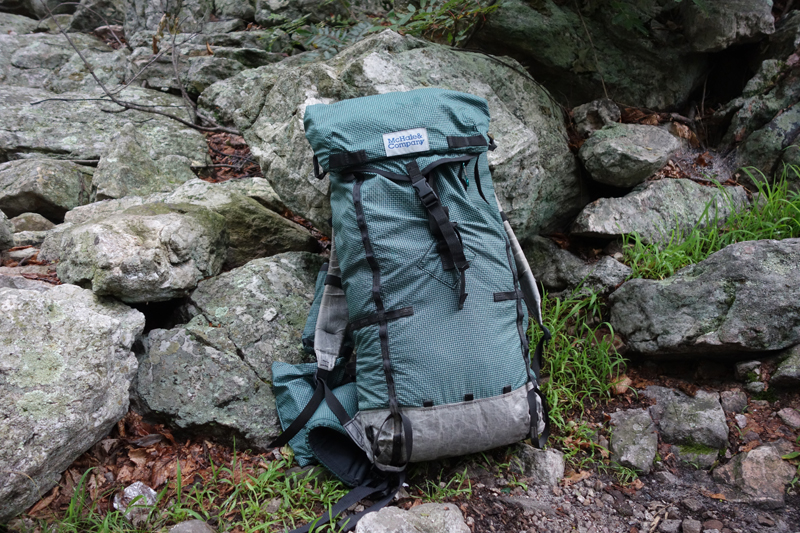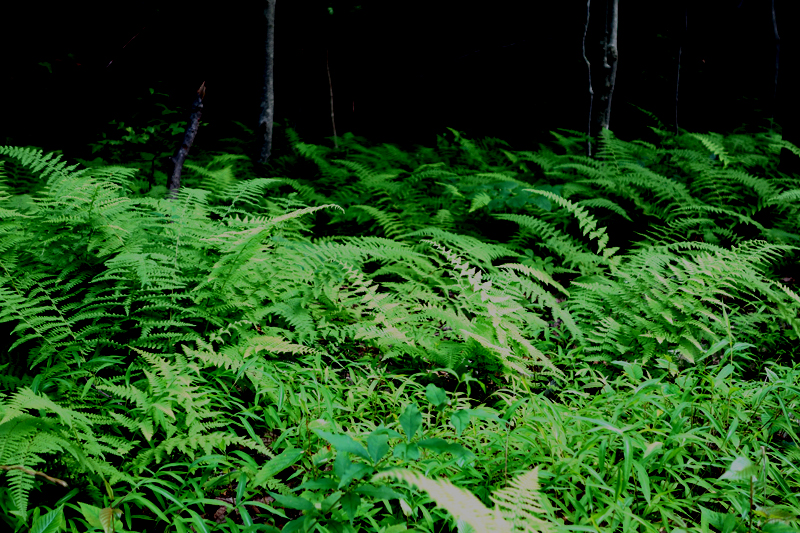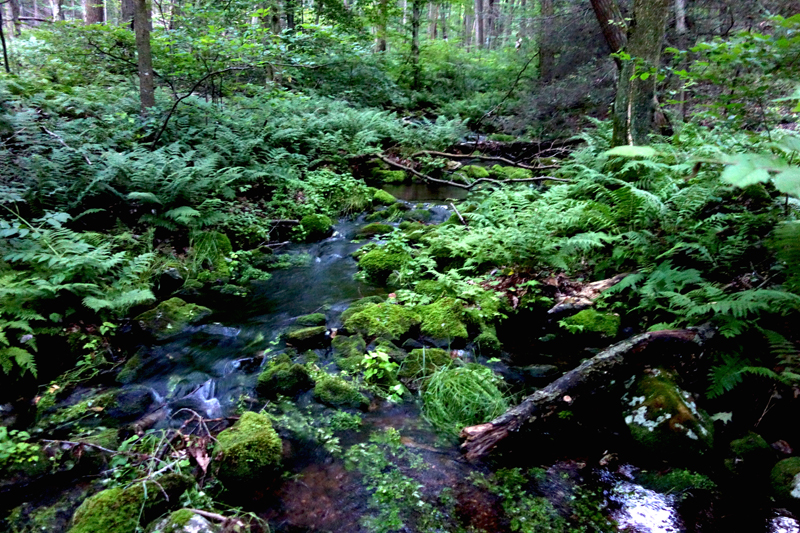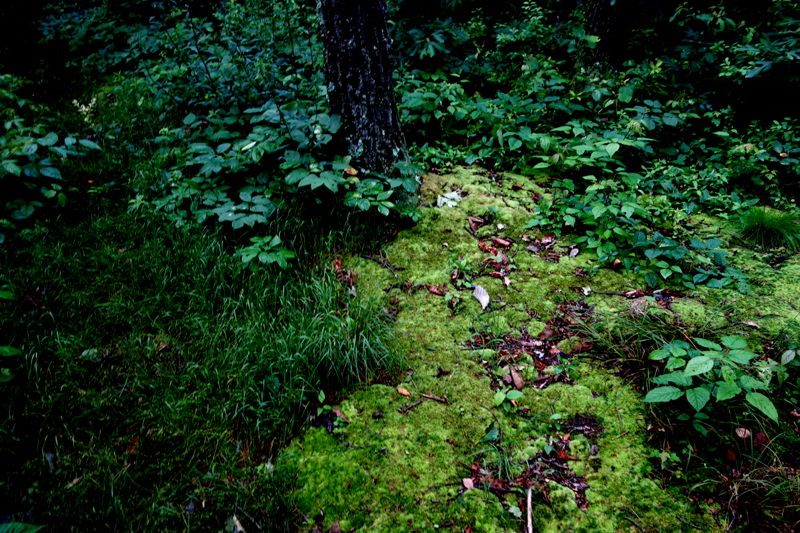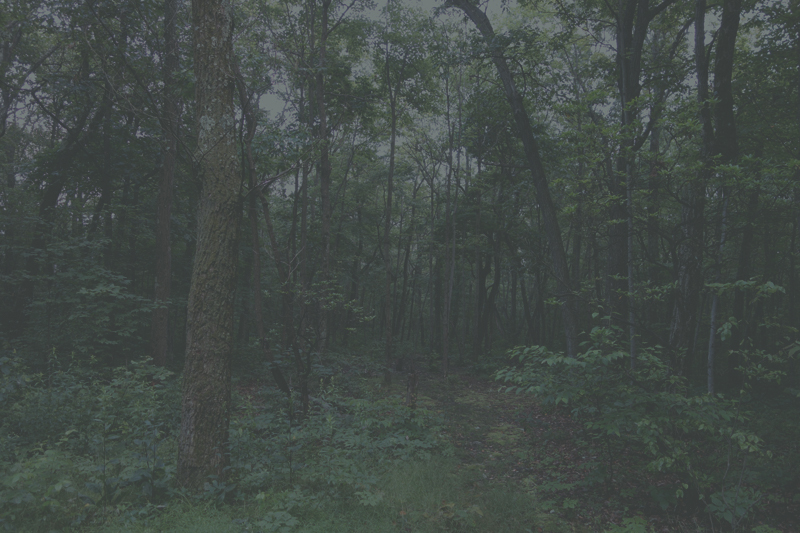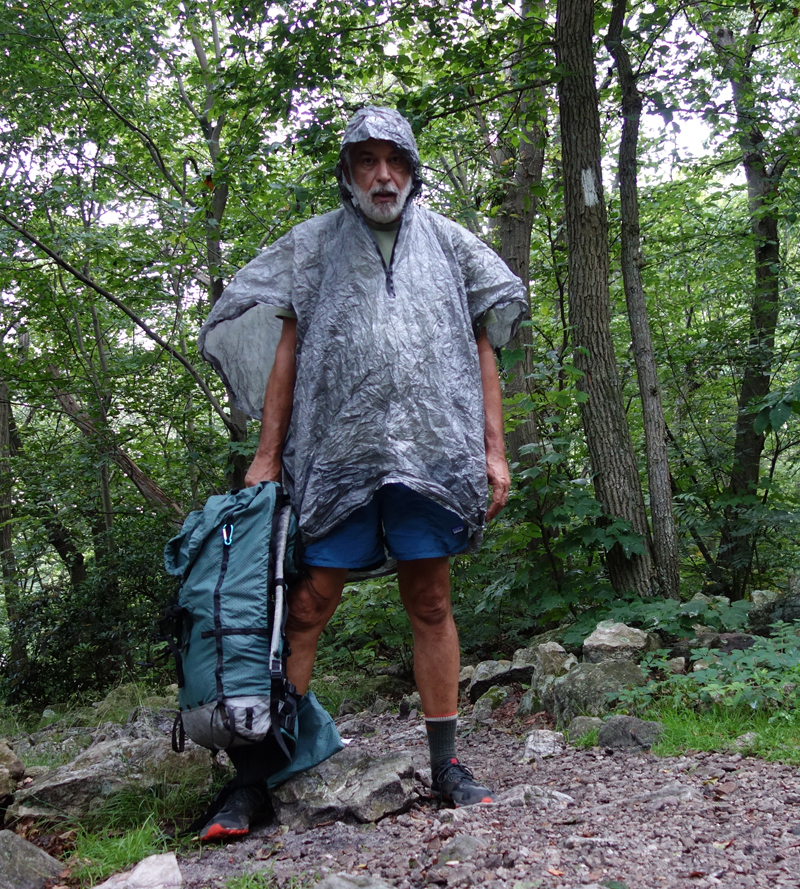I was able to spend a few days on the Appalachian Trail this week. The experience is much different than hiking in the Western US.
Here I was in the Philadelphia area; an opportunity to visit some of our country’s most important historic landmarks and history. The true importance of those events that occurred over 200 years ago are not the places or buildings but the people, and most important the ideas and documents they left for future generations. Since one does not need to go to Philadelphia to access the ideas and writings of our forefathers, it seemed hiking would be the most appropriate way to spend my time.
I was in this part of the country last winter on business, which included a diversionary stop at Valley Forge and upon my return home I wrote about the contrast between the east and my desert. There was no hiking that week because I was trying to shake a bout of the flu, but there remained a mental Post-it-Note in my brain to go back.
A few weeks ago I was hiking in Massachusetts, where I was dipped in green, and that got me thinking I needed to go back to Pennsylvania and see it in summer, versus the bleakness of winter.
Heading north from the Philly airport, an emerald green ocean of forest dominated my surroundings as I sped forward at 65 miles per hours on a cement pathway in my rental car.
The mountains are best described as rolling hills. Most of this part of Pennsylvania is lush woodlands and forests, and man is a visitor. Oh, he has cut swathes and paths for roads, cleared land for farms and buildings; but nature is just waiting patiently observing the activity and waiting to take her land back. Looking closely at many places man has cleared, I could see the yearly pruning, mowing, and slashing to keep the forest trimmed and bounded. But if this constant maintenance is not kept up, Mother Nature slowly moves forward like a green living iceberg, reclaiming her land. Trees grow over roadways keeping the sun out, brush and small plants slowly grinding away paved or cleared roads; and eventually reclaiming what was originally hers. This is the real back to nature; Nature taking back what man thought was his.
I would be hiking a section of the Appalachian Trail (AT).
THE APPALACHIAN TRAIL
The AT starts at Springer Mountain in the state of Georgia and terminates at Mt. Katahdin in Maine. The length of the trail is around 2,200 miles and is one of the three popular long distance trails in the US, which also include the Pacific Crest Trail (PCT) and the Continental Divide Trail (CDT). The AT is the shortest of the three. Much of the trail is in wilderness but often in close proximity to towns and cities.
THE NON-PLAN
I had no plan as to where I would hike. I had a big Hertz map and decided to head towards an area with few roads. Finally after about an hour I found myself in a large, rather lowly populated valley with mountain range in the background. Once at the base of the mountain I located a passable dirt road and headed up until I found a suitable place to park. Checking my iPhone map, I found the AT was a few miles away. I downloaded four 7.5 qaud USGS topo maps to my phone and then started out. Normally I would not use a phone to house my maps, but in this case it allowed spontaneity.
I mentally mapped out a plan, and was able to create a loop that would take me back to my starting point via obscure trails, ancient road tracks, and some cross country travel after spending time on the AT. The non-AT section was the best part of the trip, as I had the entire forest to myself.
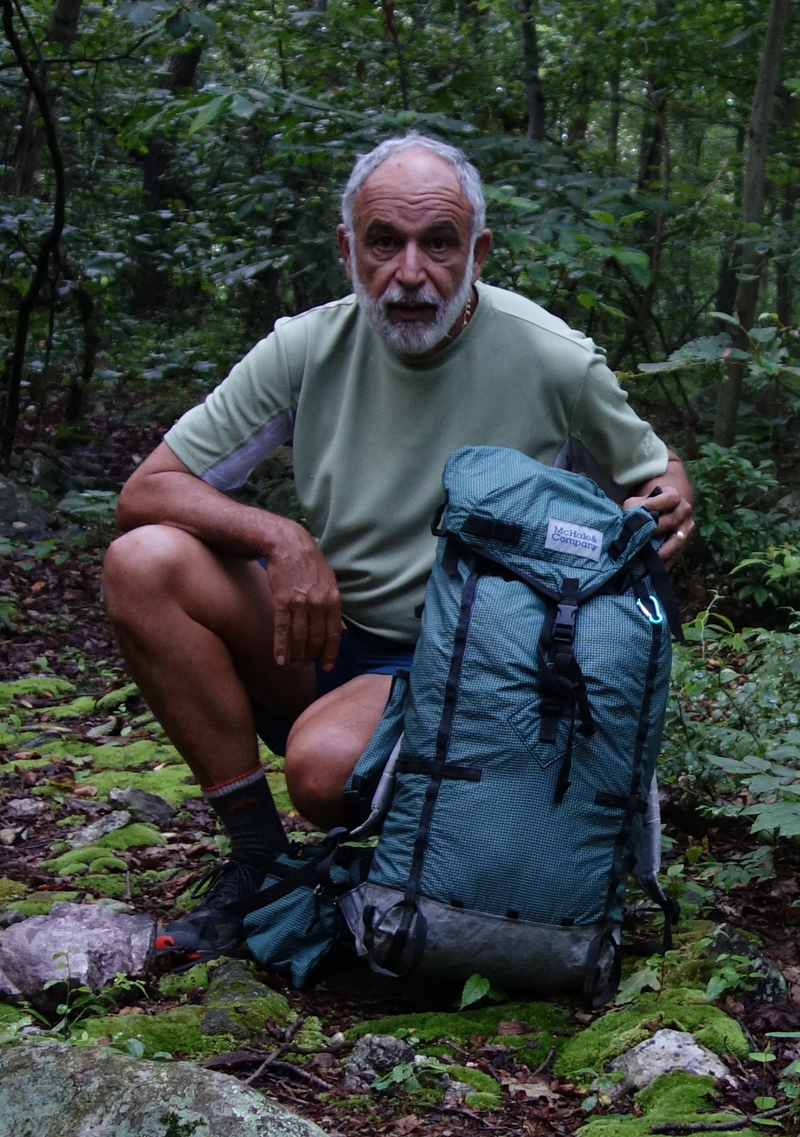
There is no plan or desire on my part to hike the AT in its entirety; either in one long trip or in sections. And I really don’t know much about this trail, other than it is long and popular. But I do know that the northeastern US has plenty of green forests and wilderness and I will be back to visit other sections.
What else is there that one needs to know when hiking?
After I got home, I found out that the mid-point of the AT Trail is in Pennsylvania and I could have gone there. I was north of that point and midpoint really means little to most people, unless you happen to be hiking the entire trail.
SPECTATOR OR PARTICIPANT?
Hiking in the northeast is much different than in the west where I live, and at the same time it isn’t.
Out west, the mountains tower above valleys and deserts. Often the hiker is just a spectator as he travels from vista to vista, horizon to horizon. Hikes can be dashes to another amazing visual experience whether up high above tree line, or down on a desert plain. Visibility can often exceed a hundred miles. All of this can become visual overload and you cannot connect to the little world you inch through, step by step, because your brain is focused the Big and the Expanse, which beckons.
The northeast is different. It does have its beauty, and it does have high places with big views.
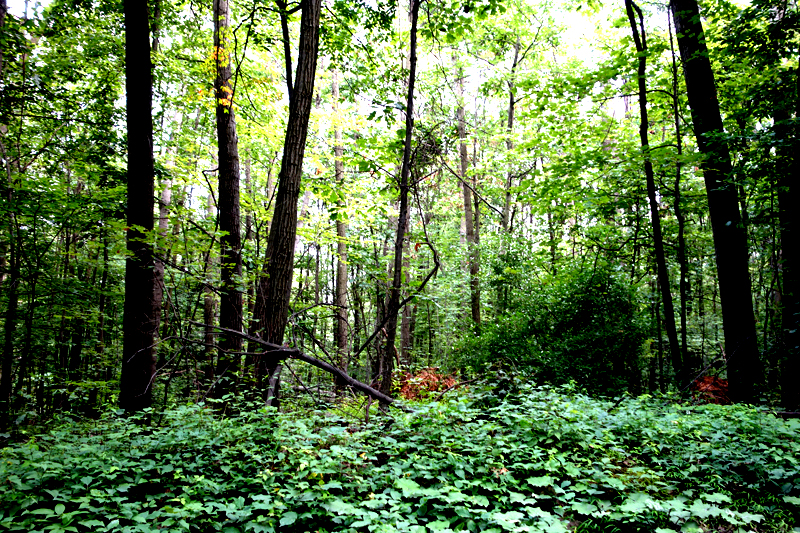
For the most part, these northeastern forests are thick, green, and overbearing. The forest provides a canopy that you walk under most of the time.
When the sun shines, its rays peek through the cracks in the forest’s canopy. Visually you are often contained within small area; you cannot see far through the trees. Creeks, streams and rivers limited your visual world into a small field of view, and often there is no expanse of sky above you.
Nature limits your experience to a small Here and Now. Your world is restricted to what nature is willing to show you. And this is good.
You no longer are looking forward, because there is nothing to see beyond a radius of maybe a few hundred feet. This presents an opportunity to immerse you in the micro world of the forest.
At first sight, one would think that the area is not very rocky, but that isn’t the case. Many sections are full of rocks and boulders hidden from view by vines and other ground cover.
Several sections of trail, well worn from decades of use, were talus and slippery rock. I passed several sections of Sierra-like rock structures, to include narrow pathways on cliff edges with drop-offs of several hundred feet. Many parts of the trail were slick enough without the rain that made the route potentially dangerous, so I didn’t attempt to stop and take pictures — prudence dictated to stay focused on the task at hand – the best description of non-attentive hiking here would be precarious. Unlike the high Sierras, the rock strewn paths and mountain top pinnacles were the exception rather than the rule.
Dropping off ridge-lines always immediately put me back into the cover of trees. If you don’t allow the walls of tress on each side of the trail to become blinders, you can immerse yourself in the forest.
Immersion causes you start noticing the little things. You don’t see large patches of ferns; you start to see individual ferns that make up a soft ground-covering blanket.
Time is taken to inspect flowers and other small components that combine to make the forest what it is.
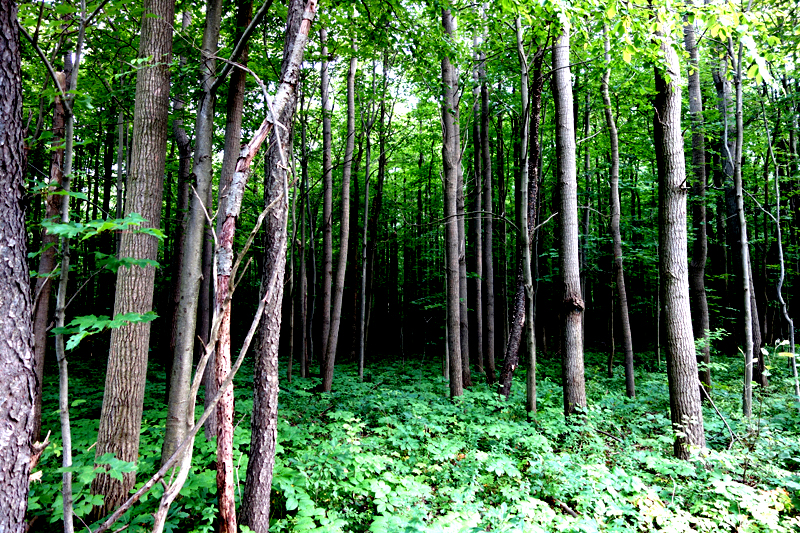
Trees become individual sentinels watching you walk by, and somehow you see each tree as you look through the forest.
A stream is part of the soil, plants and mossy rocks it meanders through. In this micro world everything blends together and is connected; versus the feeling out west of big trees, big mountains, big fast rivers, and big deserts.
The ground is not just soil; you start to notice the rocks, pebbles, leaves, moss, and other components.
Clouds do not seem to be overhead, but are created in your forest; pushing mist up from the earth and up through the trees where it falls back down. Rain does not fall from the sky, but trickles or ping pongs from leaf to leaf through the canopy above you. The rain is a close presence, not something falling from up high in the sky.
You enjoy the rain here; in the west it can be your adversary. You need to view it as a friend in the northeast, because it rains much more often.
Sometimes, as on this trip, it rains every day. But you don’t complain. You start to look for diamonds of water drops on leaves.
And when your trip ends, you are happy. You enjoyed yourself.
You realize again, that this wilderness is the same but different.
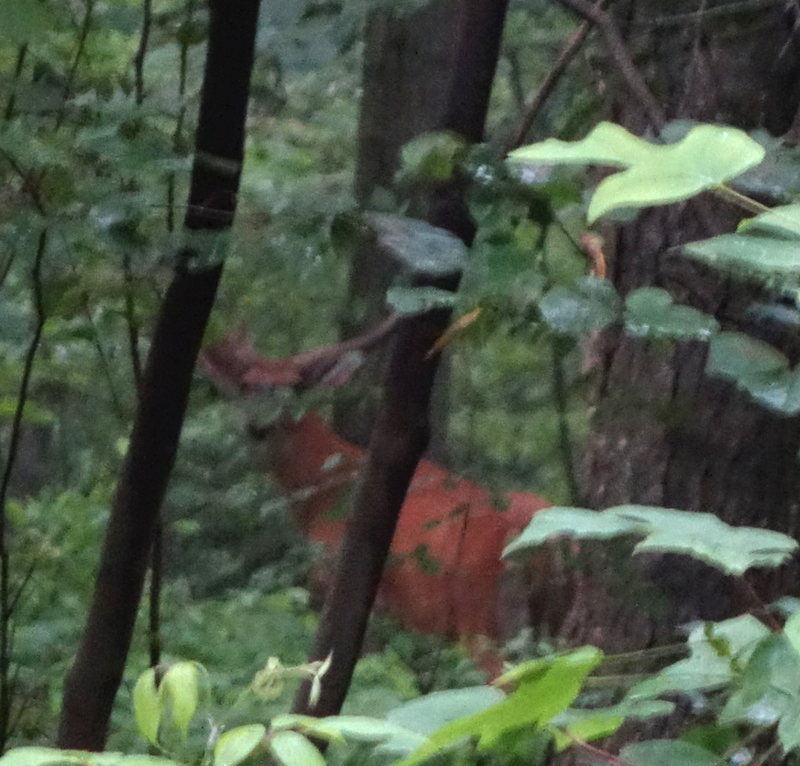
And it doesn’t matter where you hike; what matters is that you were out walking.
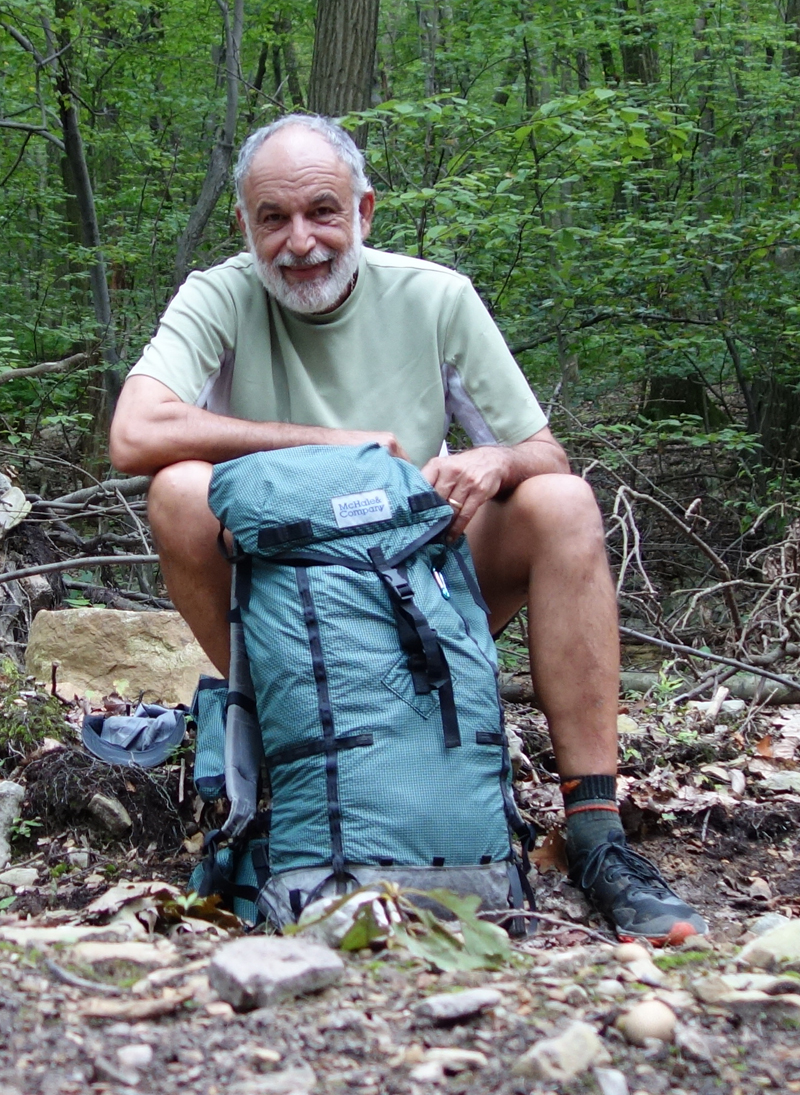
In spite of constant high humidity, the walking was not difficult. And surprisingly the flying insects and mosquitoes were not problematic. During the late afternoons I was accompanied by scores of flying bugs around my head, but was able to ignore them and watch the forest. DEET was not required, although a few mosquito bites reminded me that I was in their world.
Each evening I thoroughly enjoyed watch the fire flies perform their ballet in the forest. Watching them, I remembered I forgot to figure out how to do time exposures with my camera, and that I had forgotten to bring my mini-tripod to take those kinds of pictures. I probably would not have enjoyed the show as much had I fiddled around with playing with the camera anyway.
Although I normally don’t care for night hiking, my last day of travel included nighttime walking to get to my vehicle. That section was most pleasant. Every step of the trip was a happy one.
